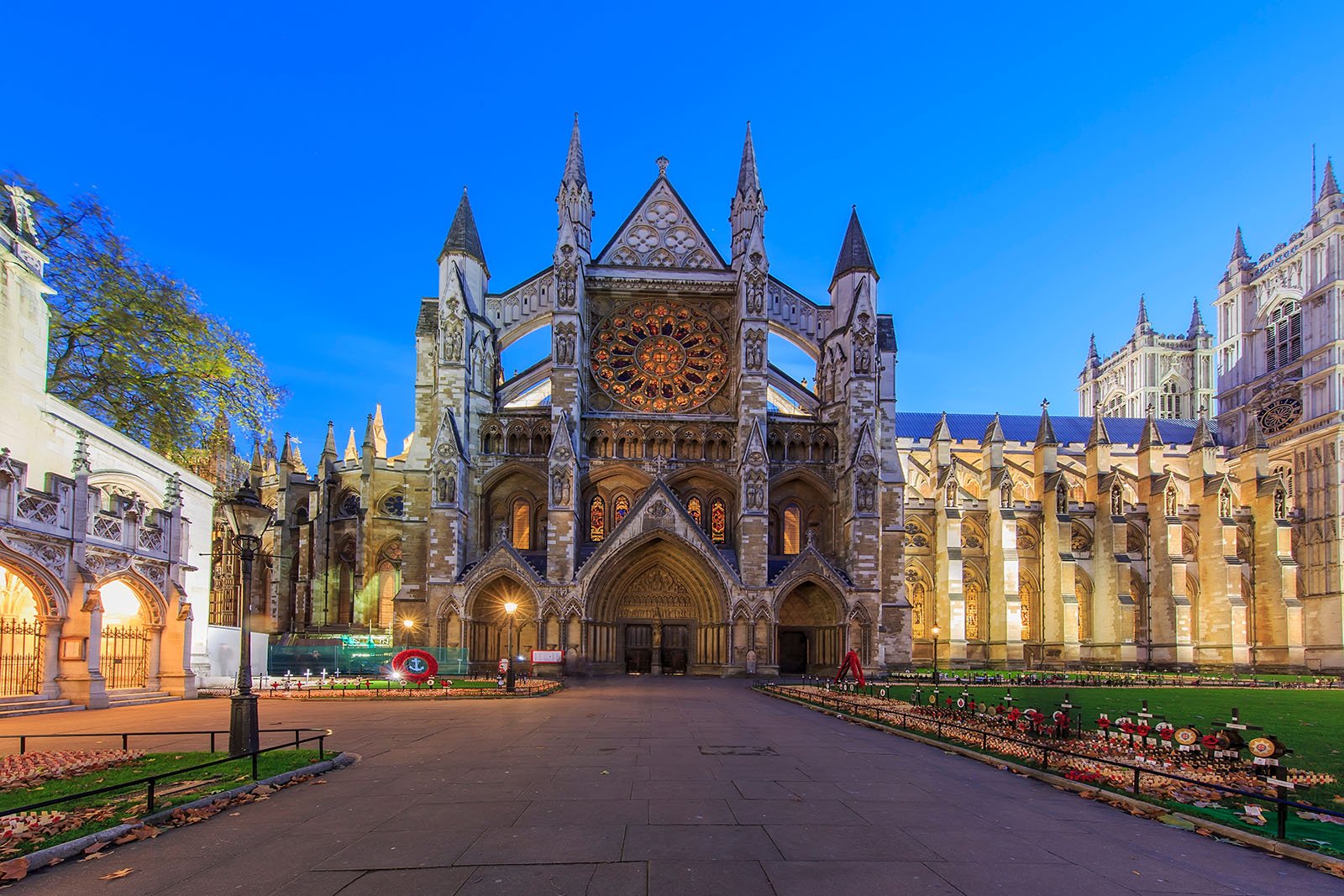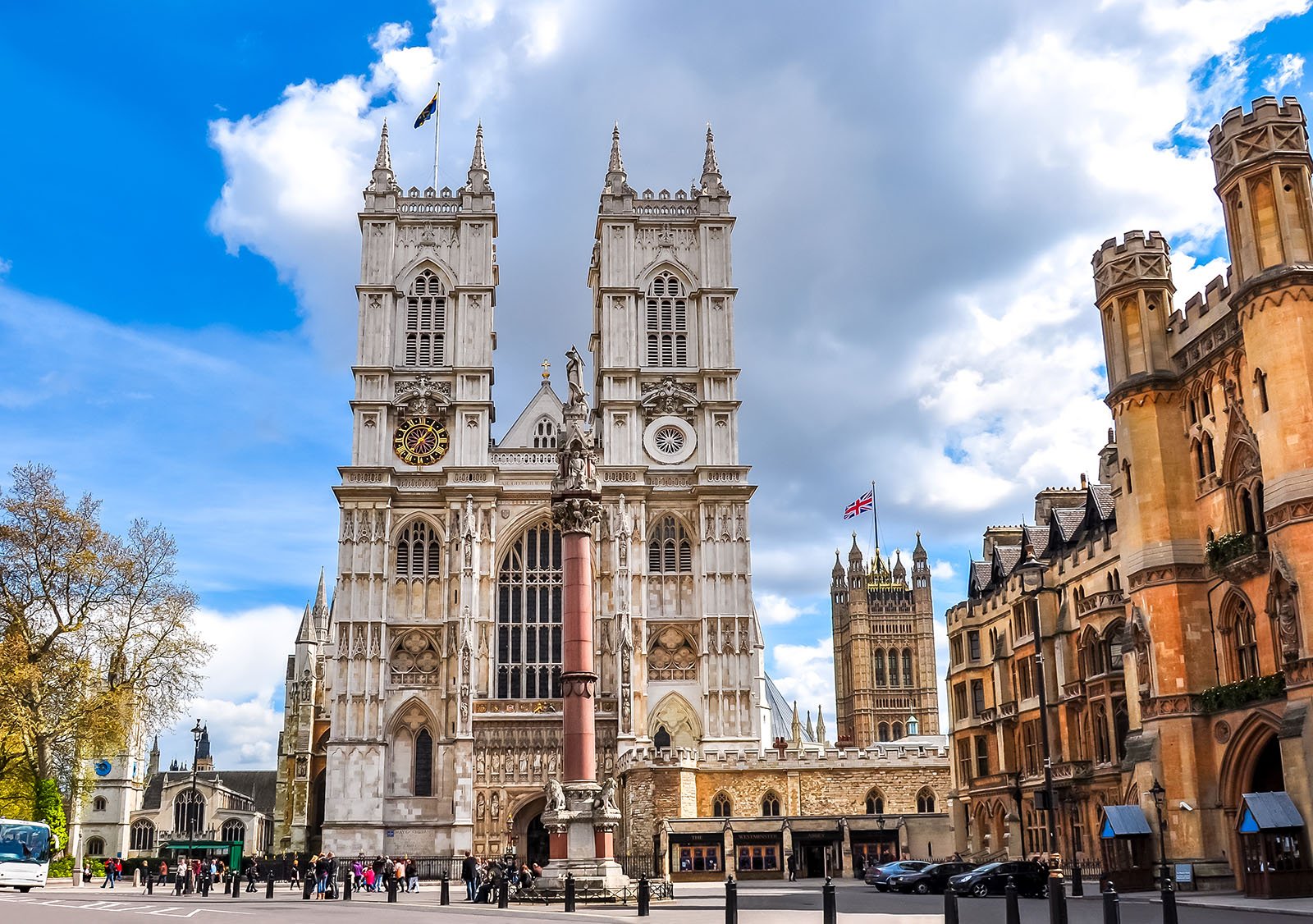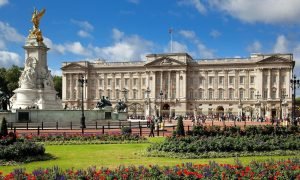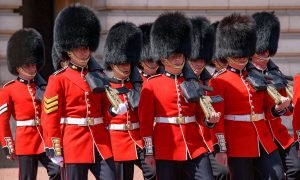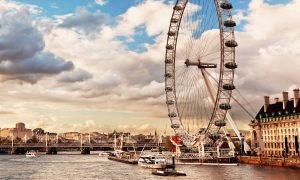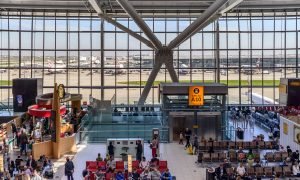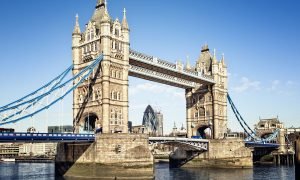Westminster Abbey is one of the most iconic landmarks in London, a place that holds a special place in British history and culture. Located in the heart of the city, the abbey is a must-visit for anyone interested in architecture, history, or religion.
The abbey has a rich and fascinating history that spans over a thousand years. It was originally founded in the 10th century as a Benedictine monastery, and it has since been the site of many significant events in British history. From royal weddings and coronations to the burial of some of the country’s most notable figures, Westminster Abbey has played a central role in the life of the nation.
One of the most striking features of Westminster Abbey is its architecture. The abbey is a fine example of Gothic architecture, with soaring arches, intricate carvings, and stunning stained glass windows. The building has been added to and renovated over the centuries, and the result is a stunning mix of medieval and modern design.
Westminster Abbey highlights
highlights of Westminster Abbey include:
- Poets’ Corner: Located in the south transept of the abbey, Poets’ Corner is a tribute to some of the greatest writers in English literature, including Shakespeare, Jane Austen, and Charles Dickens. Many notable poets, playwrights, and authors are buried or memorialized here.
- Royal Tombs: Westminster Abbey is the final resting place of many British monarchs, including Elizabeth I, Mary Queen of Scots, and Edward the Confessor. You can also see the tombs of other famous figures such as Isaac Newton, Charles Darwin, and Winston Churchill.
- The Lady Chapel: This stunning chapel was built in the 14th century and is known for its intricate architecture and beautiful stained glass windows. It is one of the most peaceful places in the abbey and is worth taking some time to explore.
- The Cloisters: The abbey’s cloisters are a peaceful oasis in the heart of London. You can see the beautiful gothic architecture and enjoy a quiet moment away from the crowds.
- The Coronation Chair: This chair, which dates back to 1300, has been used in every coronation since 1308. It is an important piece of British history and is still used today during the coronation ceremony.
Poets’ Corner
One of the most famous parts of Westminster Abbey is Poets’ Corner, located in the south transept of the abbey. This area is a tribute to some of the greatest writers in English literature, including Shakespeare, Jane Austen, and Charles Dickens. Many notable poets, playwrights, and authors are buried or memorialized here, making it a must-visit for literature lovers.
royal tombs
Another highlight of Westminster Abbey is the royal tombs. The abbey is the final resting place of many British monarchs, including Elizabeth I, Mary Queen of Scots, and Edward the Confessor. You can also see the tombs of other famous figures such as Isaac Newton, Charles Darwin, and Winston Churchill. These tombs are a testament to the long and rich history of the abbey, and they offer a fascinating insight into the lives of these notable figures.
The Lady Chapel
The Lady Chapel is another must-visit part of Westminster Abbey. This stunning chapel was built in the 14th century and is known for its intricate architecture and beautiful stained glass windows. It is one of the most peaceful places in the abbey and is worth taking some time to explore. The Cloisters are another area of the abbey that are worth seeing. These peaceful walkways are a great place to escape the hustle and bustle of the city and take in the beauty of the abbey.
If you’re interested in the history of British royalty, then the Coronation Chair is a must-see. This chair, which dates back to 1300, has been used in every coronation since 1308. It is an important piece of British history and is still used today during the coronation ceremony.
Visiting Westminster Abbey is easy. The abbey is open to visitors from Monday to Saturday, and admission fees apply. It is recommended to book your tickets in advance to avoid long queues. Guided tours are available, or you can explore the abbey on your own using an audio guide. Photography is not allowed inside the abbey, but you can take photos in the cloisters and outside the building.


